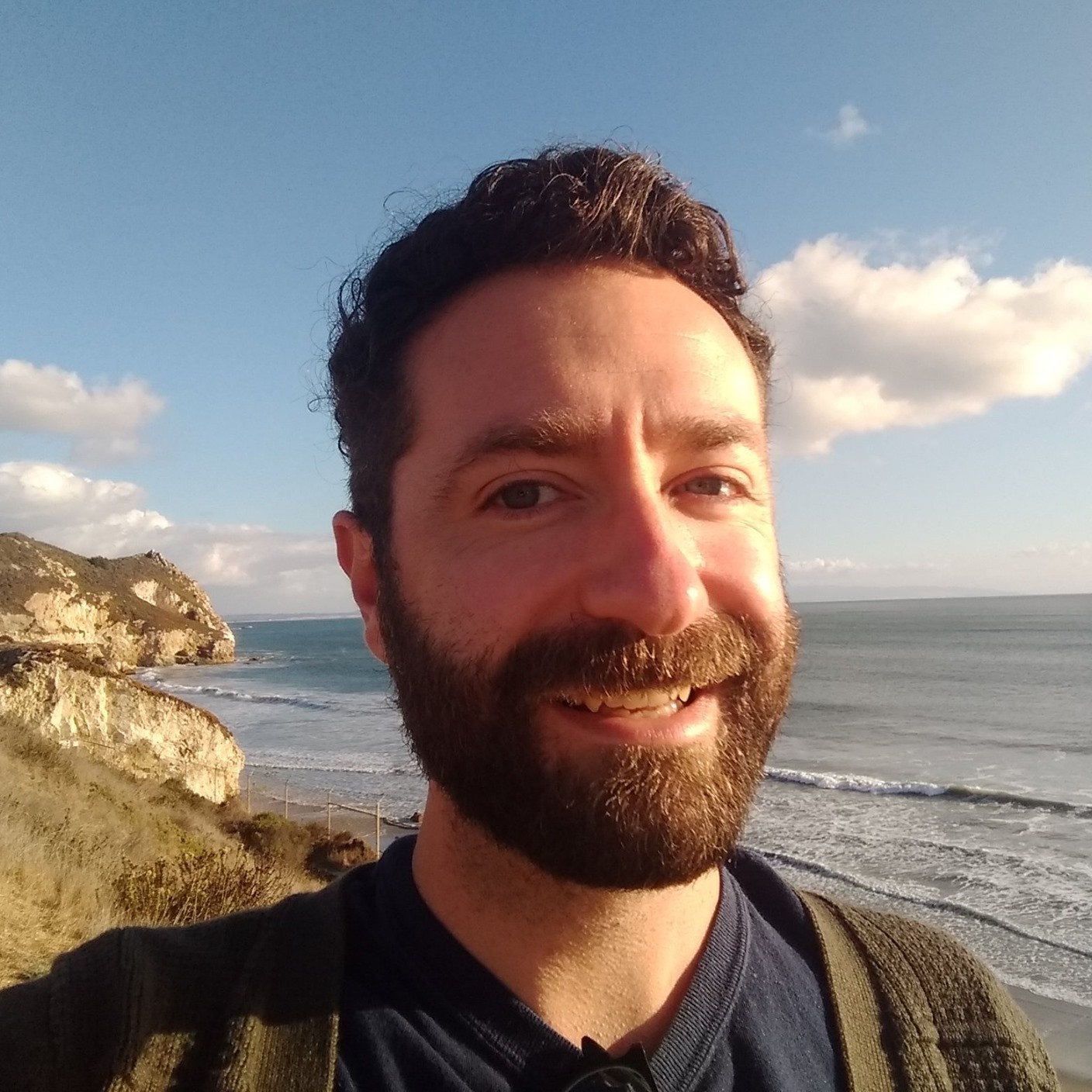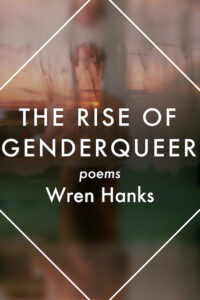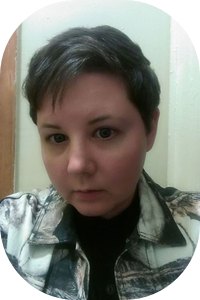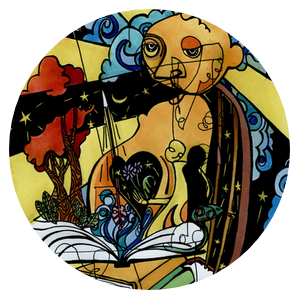Sentinel Species: Animals as Witnesses and Warnings
Sentinel Species: Animals as Witnesses and Warnings
by Chase DimockDuring the first months of the pandemic in Los Angeles, one of the biggest changes I noticed was the clearing of the skies. Without the infamous knots of LA traffic, the omnipresent smog dissipated, the skies became a crystalline blue, and air quality improved drastically. Then, animals began to creep back into the city from the hills. Fewer cars and crowds emboldened deer, bears, and even mountain lions to venture into the paved lands their ancestors once roamed. I watched coyotes cross Ventura Boulevard unafraid. Now that LA is starting to reopen, my hope is that we see the decontaminated skies and the flourishing of animal populations during the pandemic as a sign of the resilience of nature and a preview of what we can achieve if we committed to reducing our impact on the land.
I remain cautiously optimistic, though, as many of the animal witnesses in my first book of poetry, Sentinel Species, can attest, humanity has not always been adept at interpreting the harbingers of nature, or capable of mustering the will to address the damage we cause. Defined broadly, a sentinel species is an organism whose behavior can alert humans to a danger that we ourselves are unaware of. Because animals possess heightened senses humans lack, they can often detect the coming catastrophe of an environmental disaster we created. My sentinel species poems explore how animal behavior and the environment as a whole, along with our personal relationships with individual animals, speak to repressed or ignored aspects of our collective humanity.
 The most famous of these sentinel species are coal mine canaries used to detect the odorless presence of carbon monoxide. When a canary fell stiff as a board, feet in the air in its cage, miners knew it was time to evacuate. My poem about the canaries takes us back to when they were replaced by modern carbon monoxide detectors in the 1980s and imagines them extending their professional craft as humanity’s alarm bell to other looming threats of the decade.
The most famous of these sentinel species are coal mine canaries used to detect the odorless presence of carbon monoxide. When a canary fell stiff as a board, feet in the air in its cage, miners knew it was time to evacuate. My poem about the canaries takes us back to when they were replaced by modern carbon monoxide detectors in the 1980s and imagines them extending their professional craft as humanity’s alarm bell to other looming threats of the decade.
A new sentinel species to emerge in the last few years is the frozen iguana in Florida. Recent winters have brought unusually cold weather to the tropical climate, causing iguanas to instantaneously hibernate, stiffen, and fall from trees. In “The Falling Iguanas,” I examine Florida lawns littered with frozen iguanas as a harbinger of climate change and the fate of invasive species in a land that cannot sustain them.
My initial interest in writing a collection of poetry about animals and our relationship with the environment began a few years ago when I found a children’s book on Christopher Columbus and the animals he encountered on his voyage. A page about parrots in the Carribean sparked a curiosity for me: another species capable of recording what was said and speaking it aloud witnessed the conquest of the Americas and the exploitation of the people on that land. Two parrots were shipped from the Carribean to Spain as gifts for Queen Isabella. They arrived just in time to see the Spanish Inquisition.
This historical footnote inspired one of my earliest poems from the collection. “The Inquisitor’s Parrots” imagines what the birds saw as witnesses of two atrocities against humanity. Obviously I took some creative liberties with the parrots, but it is true that a Spanish general wrote about an occasion when parrots had alerted the native people to the march of the conquistadors in time to flee. The parrots stand in for all witnesses to history whose suffering may have garnered a marginal notation, but was never recorded in their own words.
This theme of animals as witnesses to human history guides many other poems, including an allusion to Mrs. O’Leary’s cow and the ill-defined line between the feral and the domesticated in “Spilt Milk,” a hippopotamus who survived the Berlin Zoo firebombing during World War II, the vulture from Kevin Carter’s famous photo during the Sudan Famine, and the rejected plan to breed “ray cats” that glow when exposed to radioactive waste.
In addition to animal species as observers of the ebb and flow of civilization, I also explore my personal relationship with animals, including my pets, my place in the environment, and how the mythology of animals informs how I understand (or fail to understand) nature. In “Coming Out to a Spider” I think back to my teenage angst in grappling with my sexuality, exposing my most private desires and struggles witnessed by the spider in the corner of my bedroom.
In “The Blobfish,” I riff off the fact that the blobfish we see in photos does not actually look like that in its own habitat. When we pull it from its pressurized depths, it bloats beyond recognition. I imagine that blobfish as a pet in scenes from my childhood through adulthood in which I too felt out of my own depth and was judged based on the shape I took when dragged into someone else’s environment.
While I draw heavily on the symbolism of animals, I am also critical of how I can sometimes fall into the trap of casting them in gold and forgetting the heart beating beneath. In “Shooting the Janitor,” I was inspired by how learning about campus birds from the biology students at my college changed the way I viewed vultures. Pop culture has branded them as whirling harbingers of doom, when in reality they clean up the dangerously toxic corpses of animals that humans are mostly responsible for.
I lay out my aspirations for a human imagination of animals that balances the spirit of the fantastic with the responsibility of respecting the real conditions of animals in “Imitation Unicorns.” When I first held my infant niece and saw the unicorns on her onesie, I thought about the moment when she will learn that unicorns aren’t real. I don’t want other animals to feel diminished in comparison to the mythical unicorn, but I also don’t want to limit her imagination and sense of wonder. In her, I see the hope of finding inspiration and spiritual connection with animals without ignoring the mud and muck of nature, which isn’t very fantastical but remains our vital responsibility for respecting the rights of animals and the environment.
Although most animals cannot speak, their behavior explains the effects of our own human behavior on their lives. The difficulty is in interpreting their reactions in of themselves instead of seeing only what pertains to human interest. While we can learn a lot about humanity from studying the behavior of animals, this endeavor often comes at their expense; even circus elephants and lab monkeys know what it’s like to be a guinea pig.
Sentinel Species is available at Bookshop.org and many other online book retailers.

Chase Dimock lives among mountain lions and coyotes in an undisclosed location between Laurel Canyon and the Hollywood Hills of Los Angeles. He serves as the Managing Editor of As It Ought To Be Magazine and makes his living teaching literature and writing at College of the Canyons. His debut book of poetry, Sentinel Species, was published in 2020 by Stubborn Mule Press. His poetry has been published in Waccamaw, Hot Metal Bridge, Faultline, Roanoke Review, New Mexico Review, and Flyway among others. He holds a PhD in Comparative Literature from the University of Illinois and his scholarship in World Literature and LGBT Studies has appeared in College Literature, Western American Literature, Modern American Poetry, The Lambda Literary Review, and several edited anthologies. For more about Chase, visit chasedimock.com.
Top photo by Boston Public Library on Unsplash

 The world made in these poems is stitched together by fragile associations—half made, tenuous. The language is incantatory, impressionistic. In “Preserving,” the form of the poem moves stanza by stanza with a word or image occasioning the next. The first, “I can spend a whole winter / in the summer of these lemons / if they’ve covered in enough salt,” leads to the next, where “Trucks are salting the roads / so I can drive . . .” An image of walking leads to an image of falling. Although this form is not as pronounced in other poems, overall the poems are made of these associations. Half-starts & skips. They are juxtapositions—a setting side by side of notions of the poet’s imagination (for better or worse). Sometimes, they offer a snapshot of worst-case scenarios or the kinds of ingrained knowledge that accumulate in small towns or rural areas of what could happen—because it’s happened before.
The world made in these poems is stitched together by fragile associations—half made, tenuous. The language is incantatory, impressionistic. In “Preserving,” the form of the poem moves stanza by stanza with a word or image occasioning the next. The first, “I can spend a whole winter / in the summer of these lemons / if they’ve covered in enough salt,” leads to the next, where “Trucks are salting the roads / so I can drive . . .” An image of walking leads to an image of falling. Although this form is not as pronounced in other poems, overall the poems are made of these associations. Half-starts & skips. They are juxtapositions—a setting side by side of notions of the poet’s imagination (for better or worse). Sometimes, they offer a snapshot of worst-case scenarios or the kinds of ingrained knowledge that accumulate in small towns or rural areas of what could happen—because it’s happened before.



Recent Comments